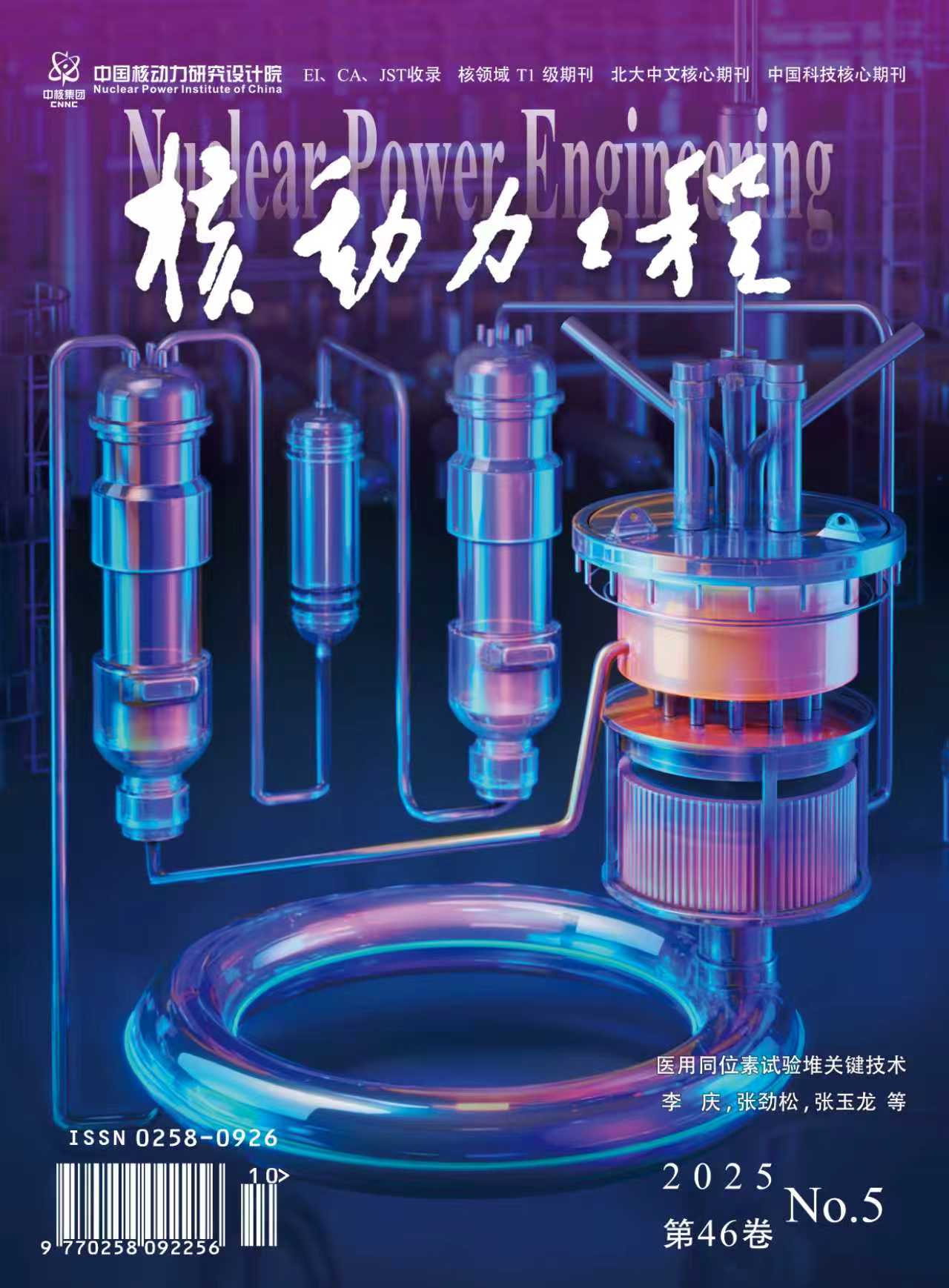2020 Vol. 41, No. 2
Display Method:
2020, 41(2): 1-5.
Abstract:
2020, 41(2): 6-10.
Abstract:
2020, 41(2): 11-15.
Abstract:
2020, 41(2): 16-21.
Abstract:
2020, 41(2): 22-26.
Abstract:
2020, 41(2): 27-31.
Abstract:
2020, 41(2): 32-35.
Abstract:
2020, 41(2): 36-39.
Abstract:
2020, 41(2): 40-44.
Abstract:
2020, 41(2): 45-48.
Abstract:
2020, 41(2): 49-53.
Abstract:
2020, 41(2): 54-58.
Abstract:
2020, 41(2): 59-65.
Abstract:
2020, 41(2): 66-71.
Abstract:
2020, 41(2): 72-77.
Abstract:
2020, 41(2): 78-83.
Abstract:
2020, 41(2): 84-88.
Abstract:
2020, 41(2): 89-95.
Abstract:
2020, 41(2): 96-101.
Abstract:
2020, 41(2): 102-108.
Abstract:
2020, 41(2): 109-113.
Abstract:
2020, 41(2): 114-119.
Abstract:
2020, 41(2): 120-124.
Abstract:
2020, 41(2): 125-129.
Abstract:
2020, 41(2): 130-134.
Abstract:
2020, 41(2): 135-139.
Abstract:
2020, 41(2): 140-144.
Abstract:
2020, 41(2): 145-149.
Abstract:
2020, 41(2): 150-154.
Abstract:
2020, 41(2): 155-159.
Abstract:
2020, 41(2): 160-167.
Abstract:
2020, 41(2): 168-172.
Abstract:
2020, 41(2): 173-177.
Abstract:
2020, 41(2): 178-183.
Abstract:
2020, 41(2): 184-188.
Abstract:
2020, 41(2): 189-192.
Abstract:
2020, 41(2): 193-197.
Abstract:
2020, 41(2): 198-202.
Abstract:
2020, 41(2): 202-206.
Abstract:
2020, 41(2): 207-213.
Abstract:



